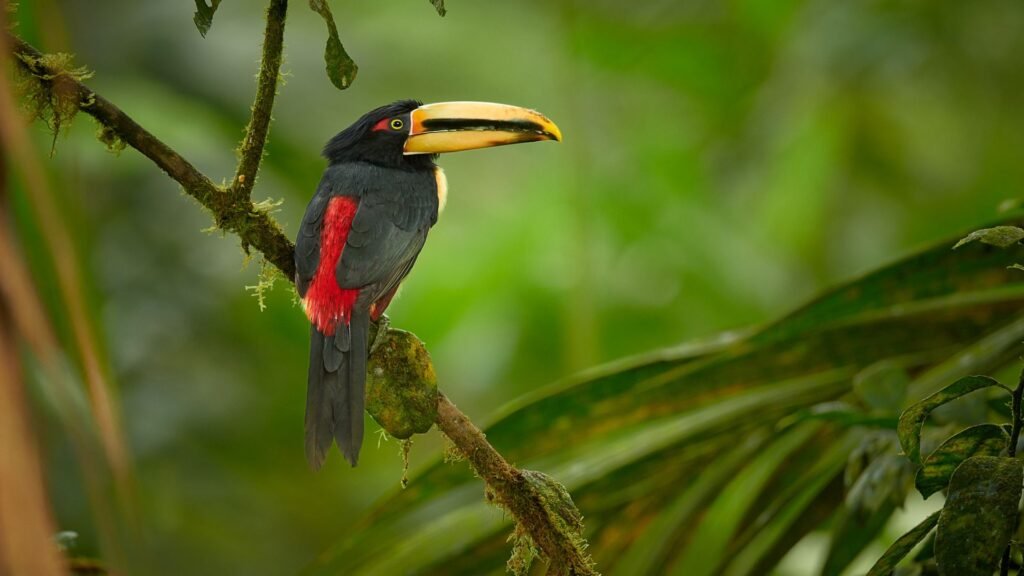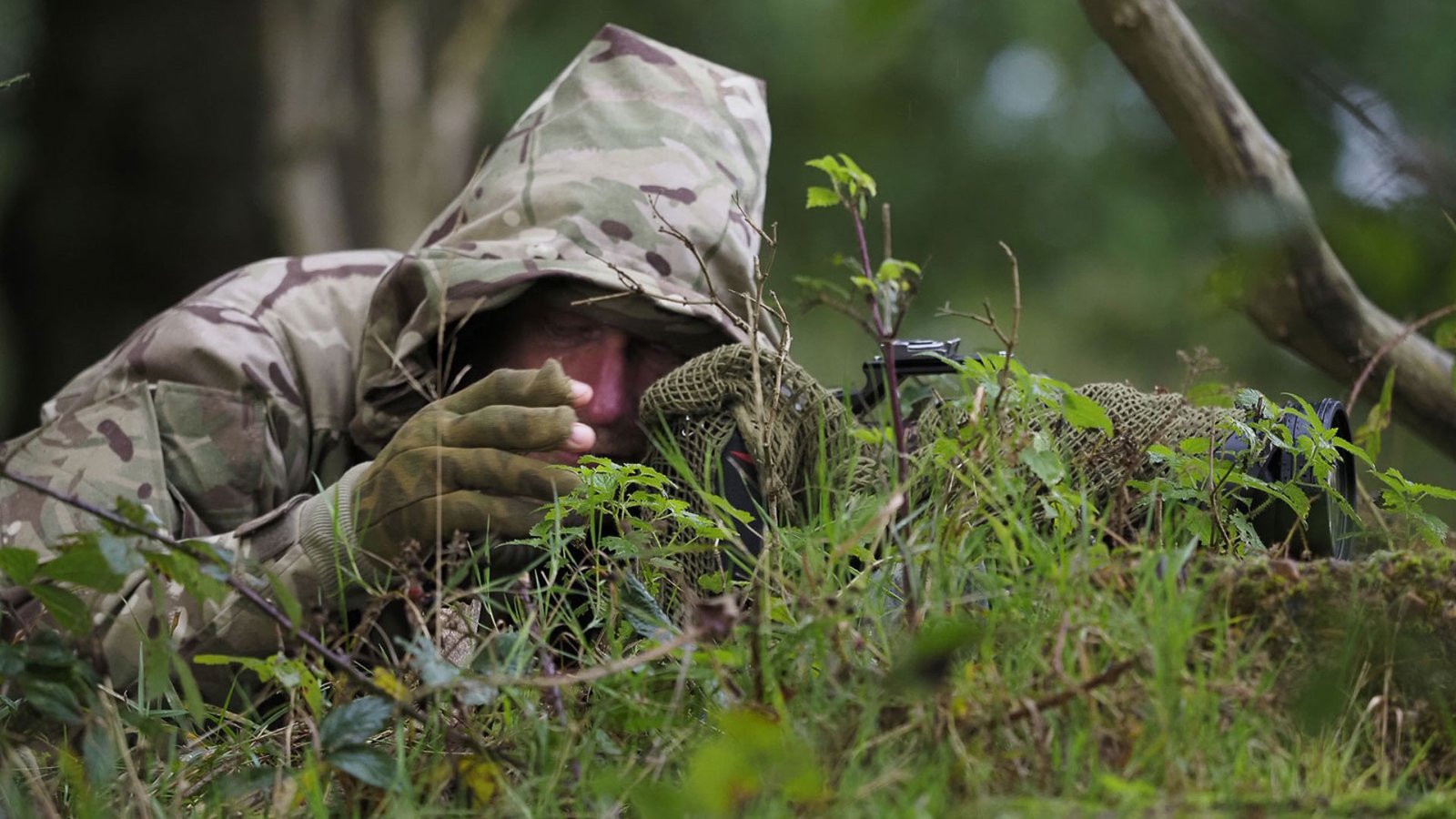Wildlife photography requires more than just the right equipment; understanding animal behavior and seamlessly blending into their environment is crucial. Camouflage plays a vital role in helping photographers get closer to their subjects without being noticed, allowing for natural and candid shots. This article explores the importance of camouflage and how it can be effectively used for successful wildlife photography.

Why Camouflage is Important in Wildlife Photography
Blending with the Environment
Animals are highly sensitive to movement and colors that stand out in their natural habitat. Camouflage helps a photographer blend into the environment, minimizing the chances of scaring the subject. By wearing clothes or gear that match the surroundings—whether it’s a forest, desert, or snow-covered landscape—you can observe and photograph animals without alerting them to your presence.
Capturing Natural Behavior
Camouflaging yourself or your equipment allows you to capture animals behaving naturally. When animals are unaware of a human presence, they are more likely to display authentic behaviors, from hunting to socializing. This results in more compelling and authentic photographs.
Types of Camouflage for Wildlife Photographers
Clothing and Accessories
Choosing the right camouflage clothing is the first step in wildlife photography. Ghillie suits and other nature-matching outfits help you blend into environments like forests or wetlands. Opt for neutral colors like greens, browns, and tans that correspond to the specific landscape. Additionally, face masks, gloves, and hats can further conceal exposed skin, which can reflect light and attract attention.
Equipment Camouflage
Many camera lenses and tripods are bulky and can stand out in natural settings. Using camouflage covers for your equipment or applying non-reflective tape can prevent sunlight from glinting off metal surfaces. Some photographers even use camouflage tents or hides, which are small portable shelters that let them observe wildlife up close without being seen.
Strategies for Using Camouflage Effectively
Study the Environment
Before heading out, research the terrain and color schemes of the area where you’ll be shooting. Forested areas may require deep greens and browns, while open fields may call for lighter tans and khakis. The more you match the colors and textures of the environment, the better your chances of going unnoticed by wildlife.
Move Slowly and Deliberately
Even with perfect camouflage, sudden movements can alarm animals. When in the field, move slowly and deliberately, using cover like bushes or trees to conceal your movements. By staying low to the ground and keeping a slow pace, you can minimize the likelihood of startling your subjects.
Positioning Yourself Correctly
Choosing the right spot to photograph from is crucial. Animals tend to be more comfortable around familiar elements in their environment, so positioning yourself near trees, rocks, or other natural features can make your camouflage more effective. Also, consider the direction of the wind, as animals can detect unfamiliar scents. Position yourself downwind to avoid detection.
The Role of Patience in Camouflaged Photography
Waiting for the Perfect Moment
Wildlife photography is often a waiting game, especially when using camouflage. Once you’ve set up in a well-camouflaged position, it might take hours for the animals to approach. However, the reward is worth the wait, as you’ll have the opportunity to capture shots of wildlife in their natural state, undisturbed by your presence.
Understanding Animal Behavior
Successful wildlife photographers often combine camouflage with an understanding of animal behavior. Knowing when animals are most active—whether at dawn or dusk—can significantly increase your chances of a successful shoot. Observing how animals react to different stimuli will also help you adjust your camouflage and approach accordingly.
Ethical Considerations When Using Camouflage
Respect for Wildlife
While camouflage can give you closer access to wildlife, it’s important to respect the animals and their habitat. Never disrupt an animal’s natural behavior or environment for the sake of a photograph. Always maintain a safe distance, even when using camouflage, to avoid causing stress to the wildlife.
Safety Precautions
Using camouflage also requires attention to your own safety. In environments with potentially dangerous animals, such as bears or large predators, always prioritize your safety by having a clear escape route and staying aware of your surroundings. Wearing camouflage should not put you in a situation where you cannot be seen by others, such as in areas with hunters.
Conclusion
Camouflage is a powerful tool in wildlife photography, allowing photographers to capture intimate and natural shots of animals without intrusion. By blending into the environment, understanding animal behavior, and moving cautiously, you can get closer to your subjects and create stunning wildlife images. However, it’s essential to balance the desire for close-up shots with respect for wildlife and safety considerations. With practice and patience, camouflage can transform your wildlife photography experience and results.








